Fifteen Minutes of Fame
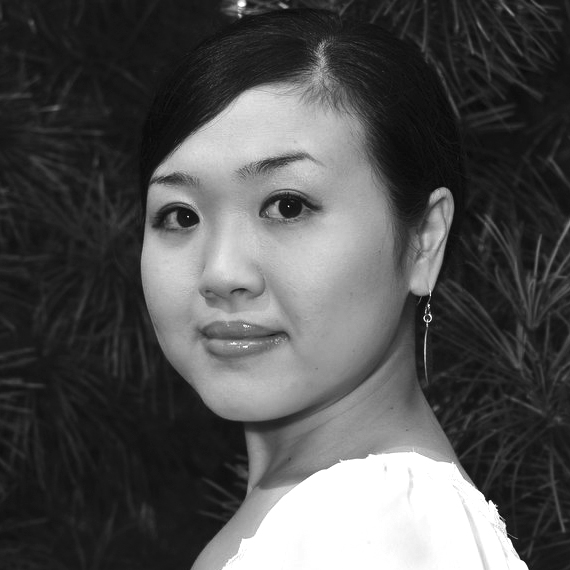
Fifteen Minutes of Fame: with Yumi Suehiro
Pianist Yumi Suehiro began studying both piano and marimba at an early age. In her native Japan, Ms. Suehiro won numerous competitions, including the top prize at the Kobe International Competition as the youngest winner. As a pianist, she has performed at New York City’s Weill Recital Hall (Carnegie) as an AMTL Audition Winner, and at Steinway Hall, presented by the Amati Music Festival. She also was the featured marimba player in Latin percussionist Victor Rendon's recording of “Fiesta Percussiva”.
Ms. Suehiro graduated from Lehman College (CUNY) and the Manhattan School of Music. While at Manhattan, she won second prize in the school’s 2010 piano concerto competition, and in 2011 was chosen to perform Richard Wilson’s “Flashback” for Pierre Aimard’s master class. Her teachers have included Morris Lang, John Corigliano, Peter Vinograde, and Zenon Fishbein.
Currently Ms. Suehiro is a pianist of ensemble mise-en and enjoys playing contemporary music.
Concert Dates
- May 18, 2014 - Jan Hus Church, New York City
15 one-minute selections for Yumi Suehiro
-

Nostalgia
Manuel Torres-Arias
Manuel Torres-Arias was born in 1983 in Mexico City. His music has been interpreted in Mexico, The Netherlands, New York, Greece and England. Nowadays he is a Phd candidate at King´s College London studying with Silvina Milstein and George Benjamin.
The piece is a musical allegory of the mind being absorbed by the traces of affections and sentiments that the earliest memories had left behind; its struggle to recreate them vividly and reconstruct the images and sounds that has been inevitably lost with the pass of time.
-
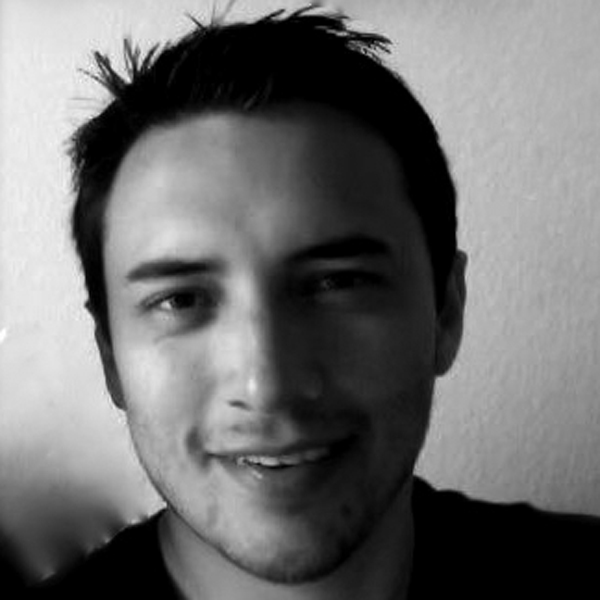
Prelude No.3
Fabian Beltran
Fabian Beltran is completing a B.A. in Music Composition at the University of Texas at San Antonio. As an undergraduate student, Fabian has been awarded 1st place in the UTSA COLFA Music Competition, 2nd place in the Belvedere Chamber Music Composition Competition, and received the UTSA Reed Holmes Composition Award.
This short composition is based on the interval of a perfect or augmented fourth and is divided into three sections (exposition, development, and recapitulation), and all of the motives and chords presented are based or derived from the interval of a perfect or augmented fourth.
-
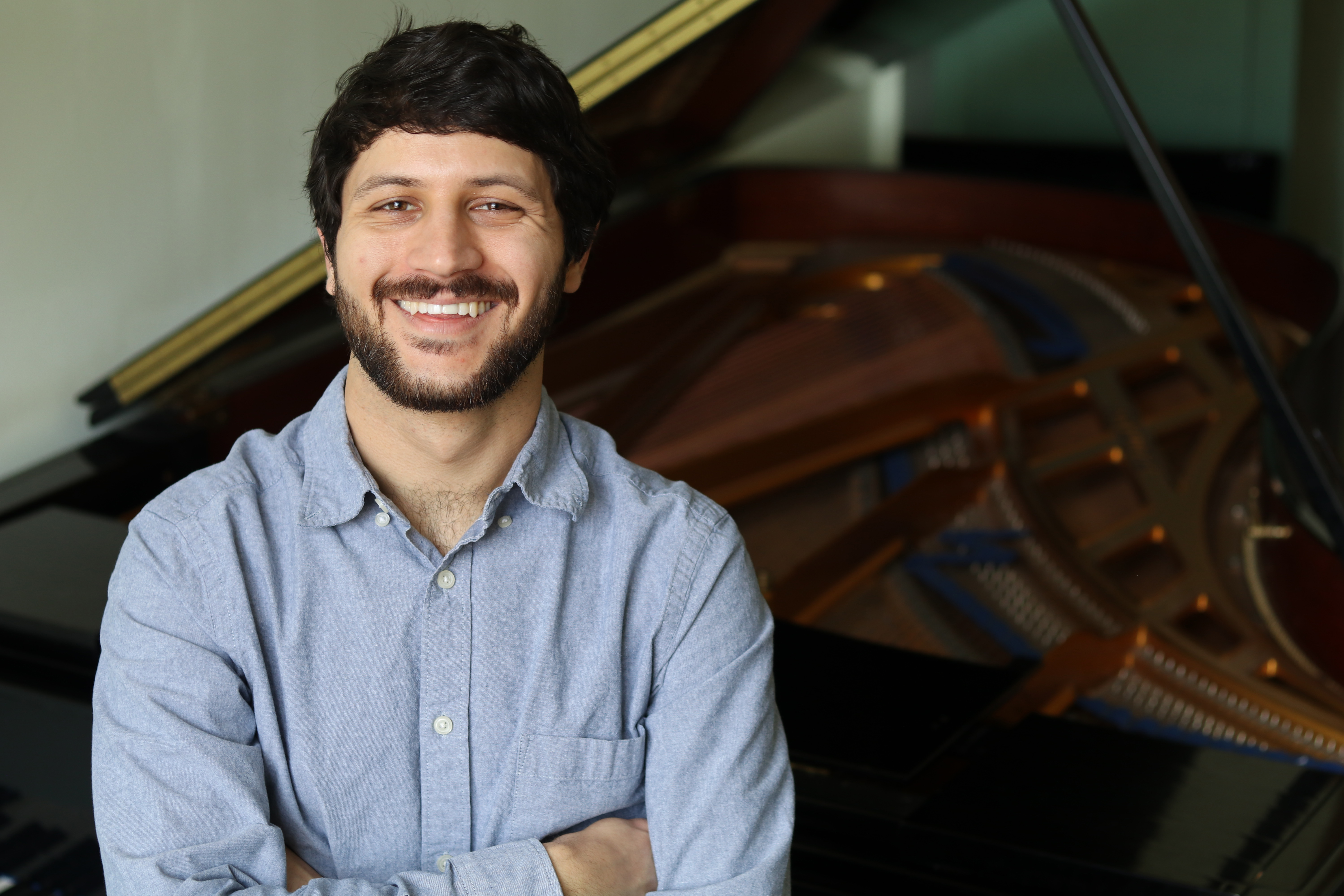
Point
Joseph Bohigian
Joseph Bohigian was born in 1993 in Huntington Beach, CA. He currently resides in Fresno, CA and attends California State University Fresno where he studies under Kenneth Froelich and Benjamin Boone. His works have been performed across the US and Armenia. In addition to composing, he is an active percussionist in the Fresno area.
Point centers around the development of a disjunct, funky groove.
-
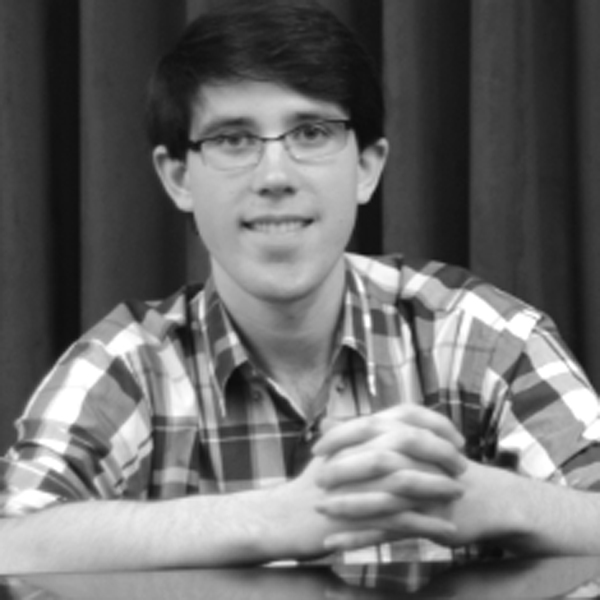
Scherzo
Zach Gulaboff Davis
Pianist, composer, and conductor Zach Gulaboff Davis is a senior at Linfield College, where he studies piano and composition. He has performed as a concerto soloist, solo pianist, and conductor of his own compositions. His Sonata for Viola and Piano won the National Federation of Music Clubs chamber music prize.
A composition titled scherzo usually contains many unanticipated musical moments. (I hope this work is no different in that regard.) Following an unsuspecting introduction, this work launches into a turbulent section that retains thematic elements of the start. True to its name, a transformation and surprise ends the composition. -
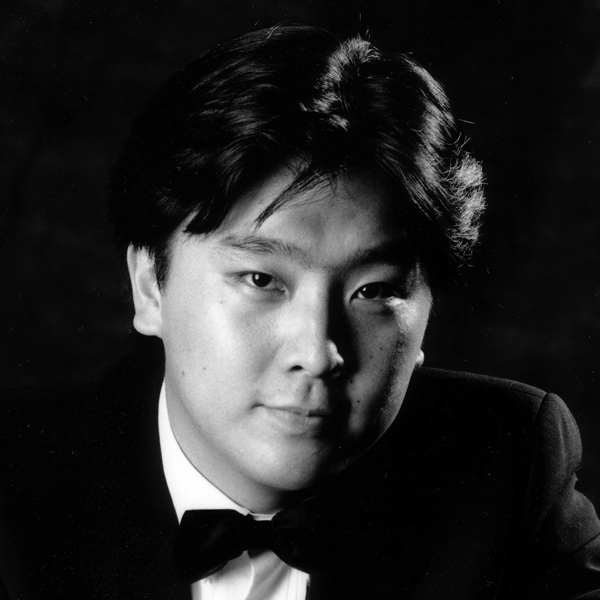
Ballade to Anxiety
Kenji Fujimura
Dr Kenji Fujimura is a multi-award-winning pianist and composer. His compositions were first publicly performed whilst at high school and most recently performed by Orchestra Victoria. As a musician, he has been described as ‘a grand artist with a magical sound, an accomplished technique and a superb understanding of all musical styles. He adds to this a vision of deep profundity.’ Currently Kenji is Deputy Head of the School of Music at Monash University.
‘Ballade to Anxiety’ stems from the composer overhearing a student practising the opening of Chopin’s 4th Ballade, and the frustration which ensued. This work begins with the familiar opening chords of the Chopin, but gradually (or quickly?) increases in volume and descends into anxiety, panic, and ultimately, frustration.
-
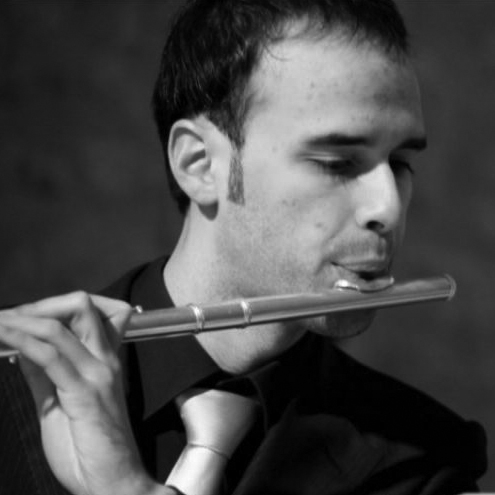
Resonancia del frí
Francisco José Andreo Gázquez
Francisco José Andreo Gázquez studied Composition and Musicology in Murcia (Spain) and Mannheim (Germany). He is currently studying a Master Degree in Granada University in Spain, unemployed and writing poetry.
"Resonancia del frío" means Resonance of the cold. So the resonances of the piano are a way to share the resonances of our own loneliness, cold and infinite.
-
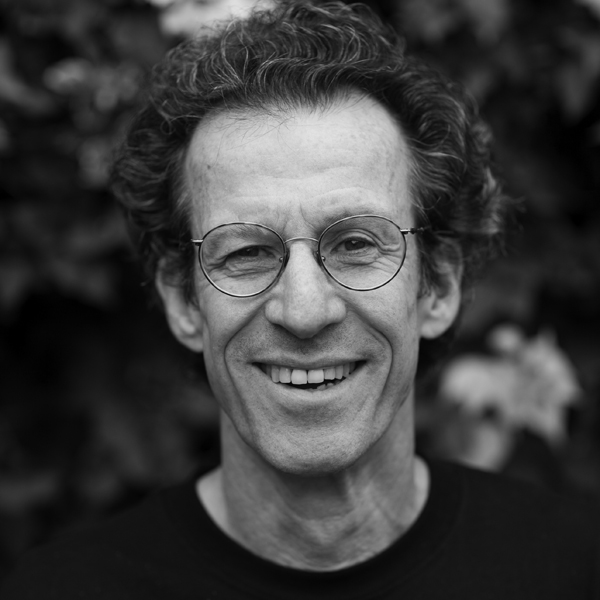
Three Strikes
Burton Goldstein
Winner: Borromeo Award, Brandenburg Chamber Music Prize, Copland Award, Ettelson Award, CAP Grants, Aspen Institute, NEH Award at Schoenberg Institute. Albany Records - Arditti Quartet - Aspen Quartet. Composed trailers for major motion pictures. Taught composition and electronic music : UC Santa Barbara, Scripps, and CSULB and CSULA.
Fifty words about sixty seconds seems like a lot, so forgive me if I say only that in this piece I was inspired by Arnold Schoenberg's choral work, Dreimal Tausend Jahre. One of my goals was that the piece should not sound at all like it could be sung by a chorus, but that it should be wholly pianistic. I hope you agree, at least that it cannot be sung! -
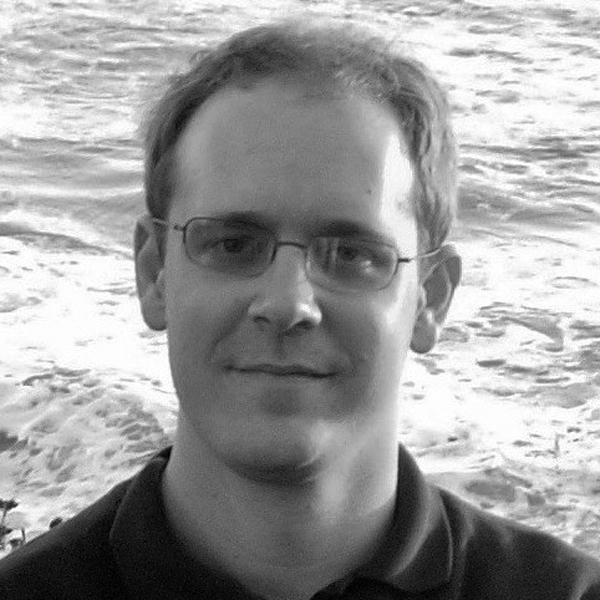
Gathering Clouds
David Gordon
Born in Los Angeles, David Gordon holds a B.A. from Pomona College and is currently pursuing a joint Ph.D in Music Composition and M.S. in Media, Arts, and Technology at the University of California, Santa Barbara, where he studies with Clarence Barlow, Joel Feigin and Curtis Roads.
Gathering Clouds is a short piano piece inspired by the sound of insects and tropical birds in the cloudforest in Mindo, Ecuador. Rather than directly imitate their sounds, I wanted the counterpoint and phrasing to suggest the call and response between many distinct voices. -
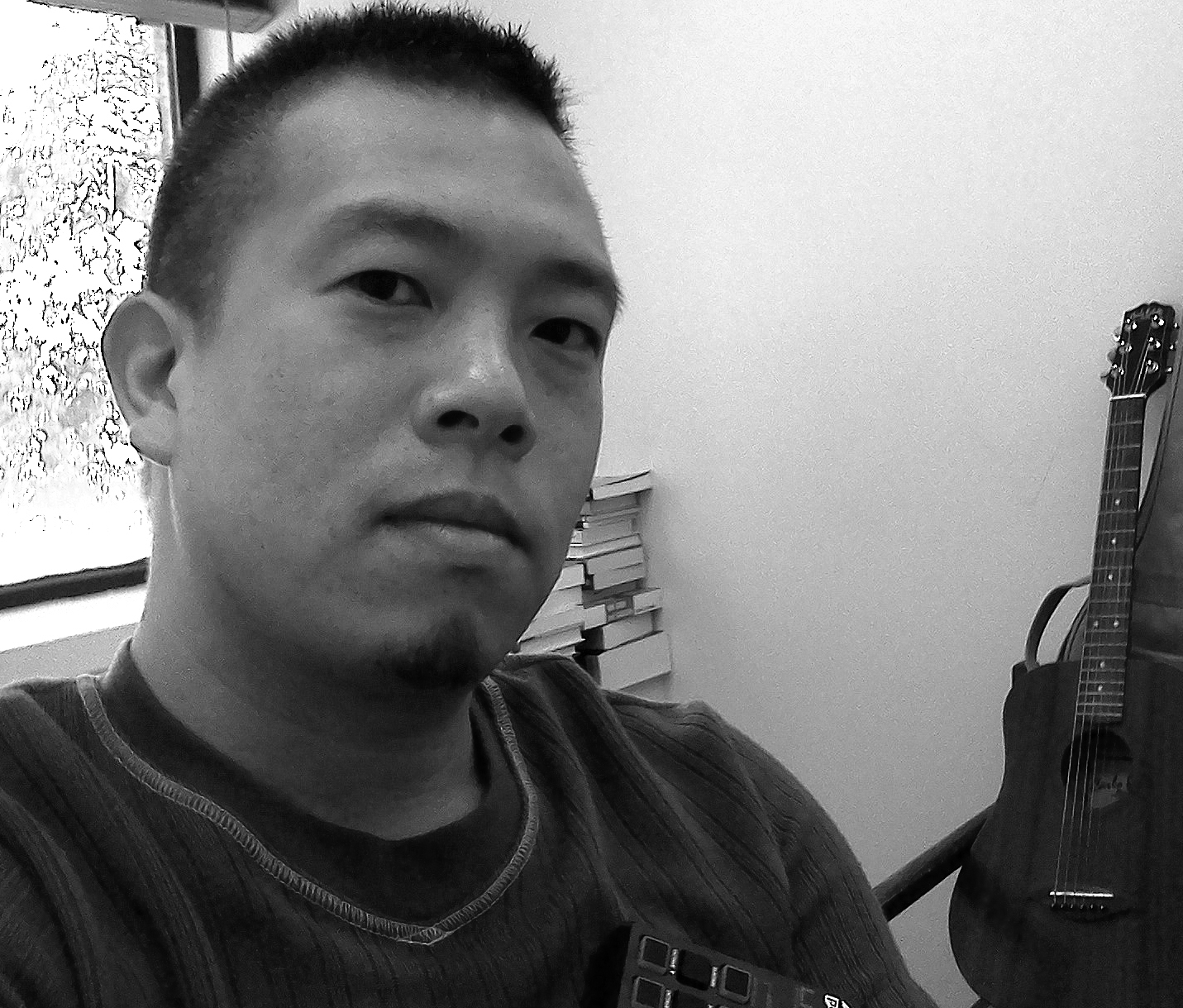
Study of Rhythm and Color for Piano: No. 1
Masatora Goya
Masatora Goya is a composer writing extensively in the areas of chamber music and theater. Trained as a vocal performer first, he explores the musical landscape of drama, space, and emotion.
Abstract music has never been my style. To break my own mold, I have been studying solo piano literature quite a while, and this is my first conscious effort. -
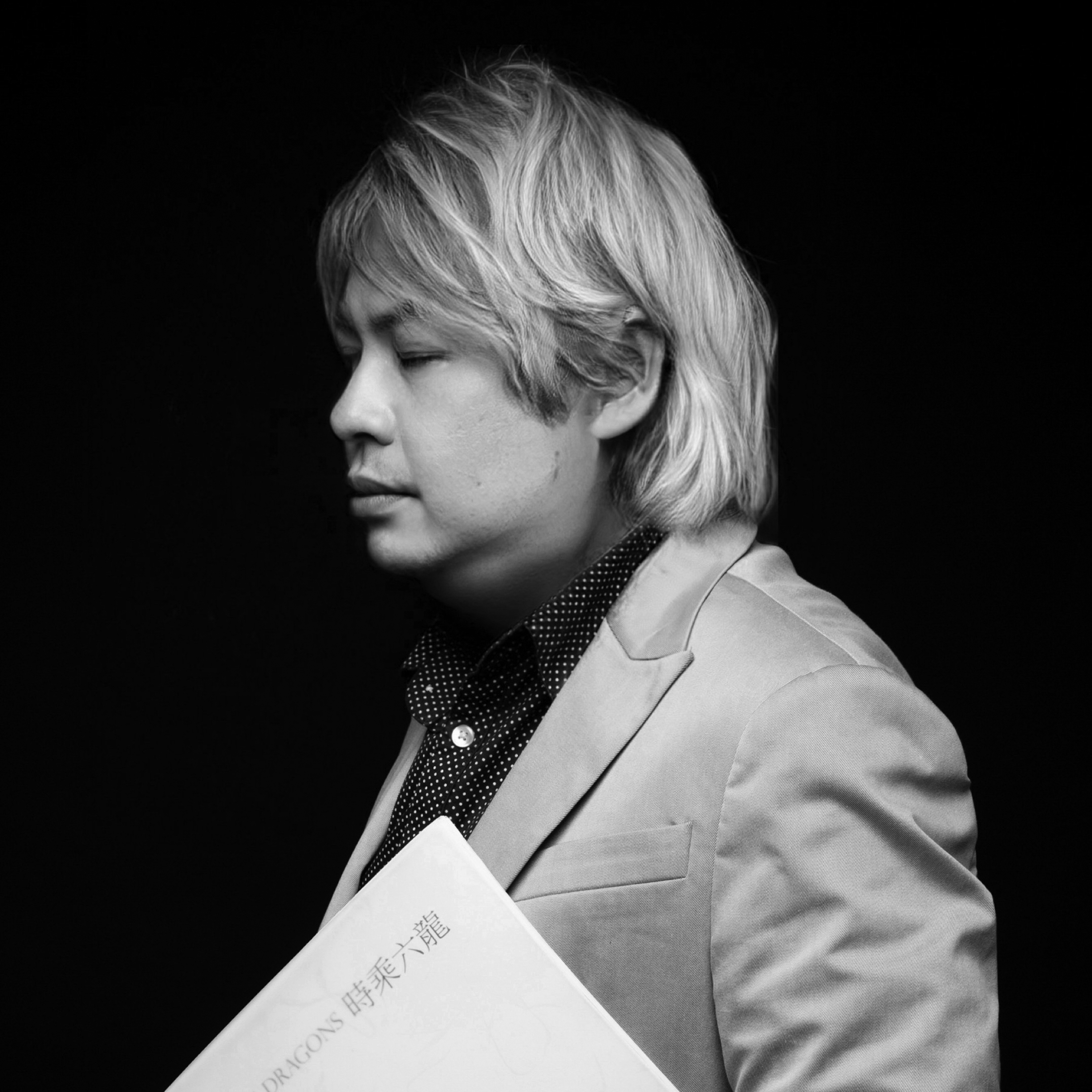
Luminoso (2013)
Chris Hung
Award-winning composer Dr. Chris Hung attended composition lectures with Brian Ferneyhough & Hans Thomalla etc, his music were performed in more than 10 countries including USA, Japan and Germany. Awarded pieces in recent years include Concerto Funebre for viola and string orchestra (First Prize, International Composition Competition ”Sofia 2013”).
Inspired by the shimmering of water, I try to create a miniature soundscape so as to mimic the reverberation of the resonance created. One of the main features of this work is to give the spatial atmosphere as illustrated to the large range span of the sound.... -

Interfering Resonances
Jones Margarucci
Jones Margarucci (12-12-1986) began studying electric guitar at 12 years old. Later he studied music composition in various Italian conservatories. At the time, 2014, he studied electronic music at the Conservatoire of Salerno. His music has been played in Italy and abroad.
The piece is characterized by two opposing forces. The firts tends to evolve the original musical cell, the second tries to stop this evolution, interfering in the form of resonances. This conflict is resolved by the annihilation of the two forces and then silence.
-
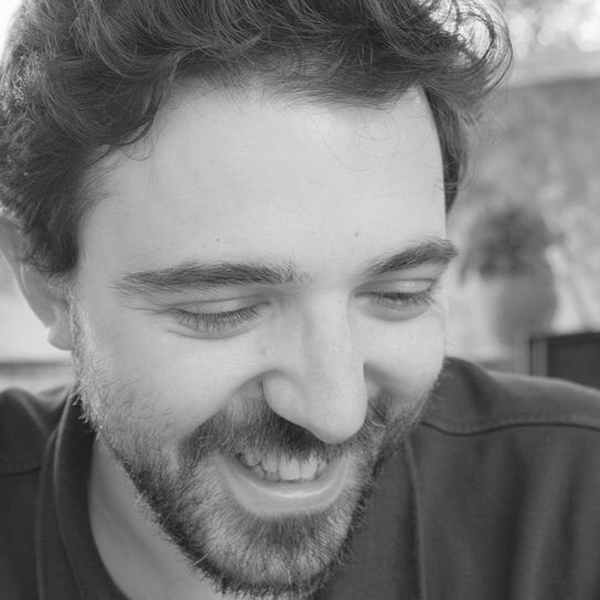
...and why does my skeleton pursue me
Nuno Peixoto
Peixoto, born in São João da Madeira (Portugal) in 1980. In 2003 he started is composition bachelors degree at the ESMAE in Porto. Recently Nuno is doing is PhD in Composition at UCP where he explores "The Musical Reuse as a Creative Process Compositional" under the supervision of Erik Oña.
-

[with the intention of a rock falling off a cliff and breaking into nine or ten pieces], 2
Alexander Simon
Simon was born in Canada in 1986. In addition to composing, he also performs and writes about music. He is currently undertaking his Master's degree at the University of Victoria.
This piece is all about intense energy: short bursts that explode, and the dissipation of the aftermath; as well as the control that it requires to harness and release that energy.
-
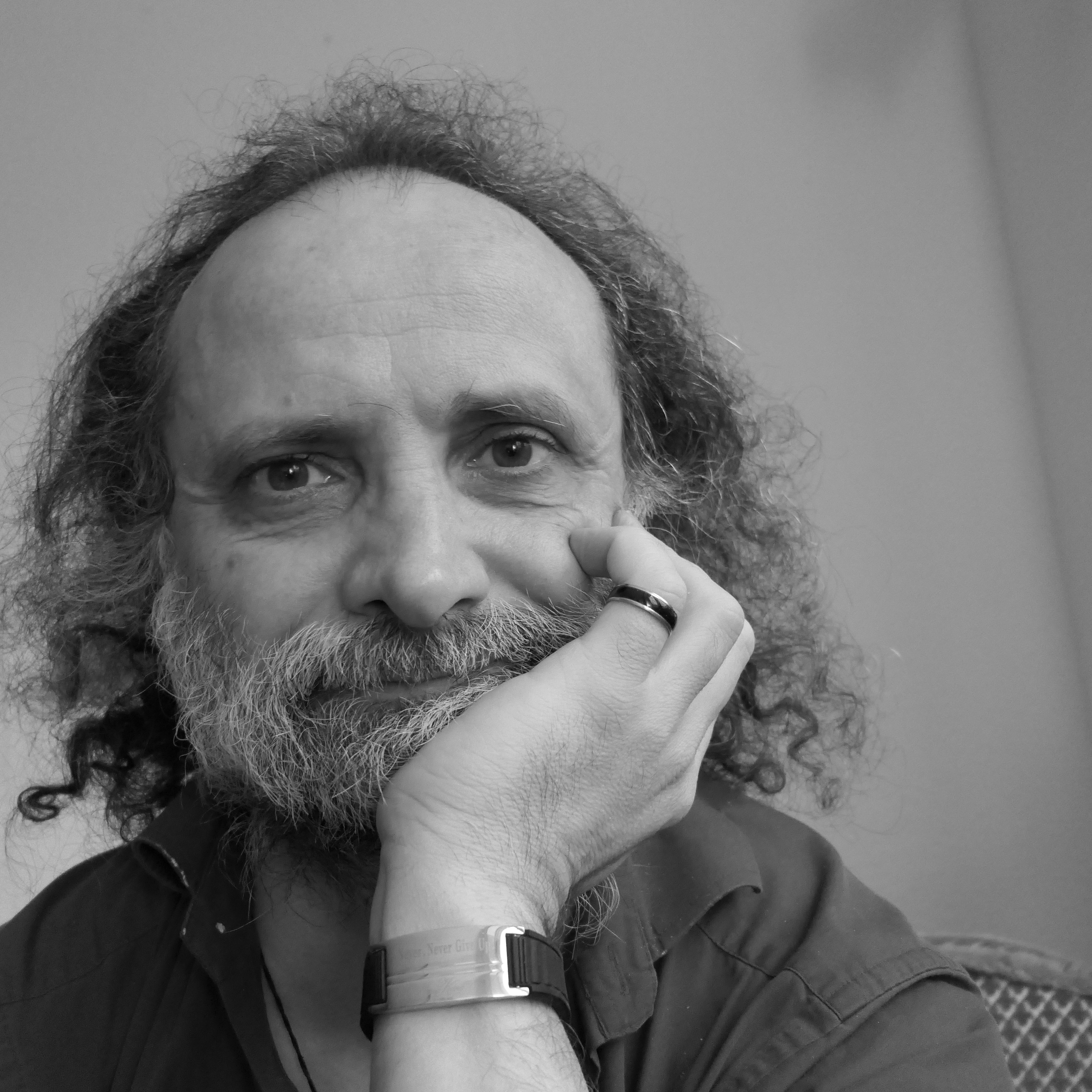
Breve toccatina alla breve
Juan Maria Solare
Juan Maria Solare, born 1966 in Argentina, works currently in Germany as composer, pianist (contemporary & tango) and teaching at the University of Bremen and at the Hochschule fuer Kuenste Bremen. His music has been performed in five continents. Thirteen CDs of different performers include at least one piece of him.
Breve because it is short. Toccatina because it is a miniature toccata: a rapid virtuoso composition in free style for a keyboard instrument. Alla breve because it is written in the time signature of 2/2. A practical notation for fast tempi (since it requires less beams). -
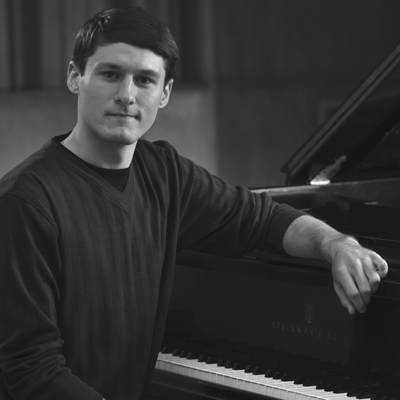
Prelude No.9
Keane Southard
Keane Southard (b. 1987) writes music that is an amalgamation of his many diverse musical influences, from medieval chant to 70's rock, Bach to the Blues, and German romanticism to Latin dance forms. Keane spent 2013 in Brazil as a Fulbright scholar doing research on music education.
Prelude No.9 is an exploration of piano glissandi using a glove on one hand, using it in the context of a tango. It’s written in response to a “call for scores” by Vox Novus for one-minute piano works. The title combines the Spanish word for “glove” (“guante”) with tango